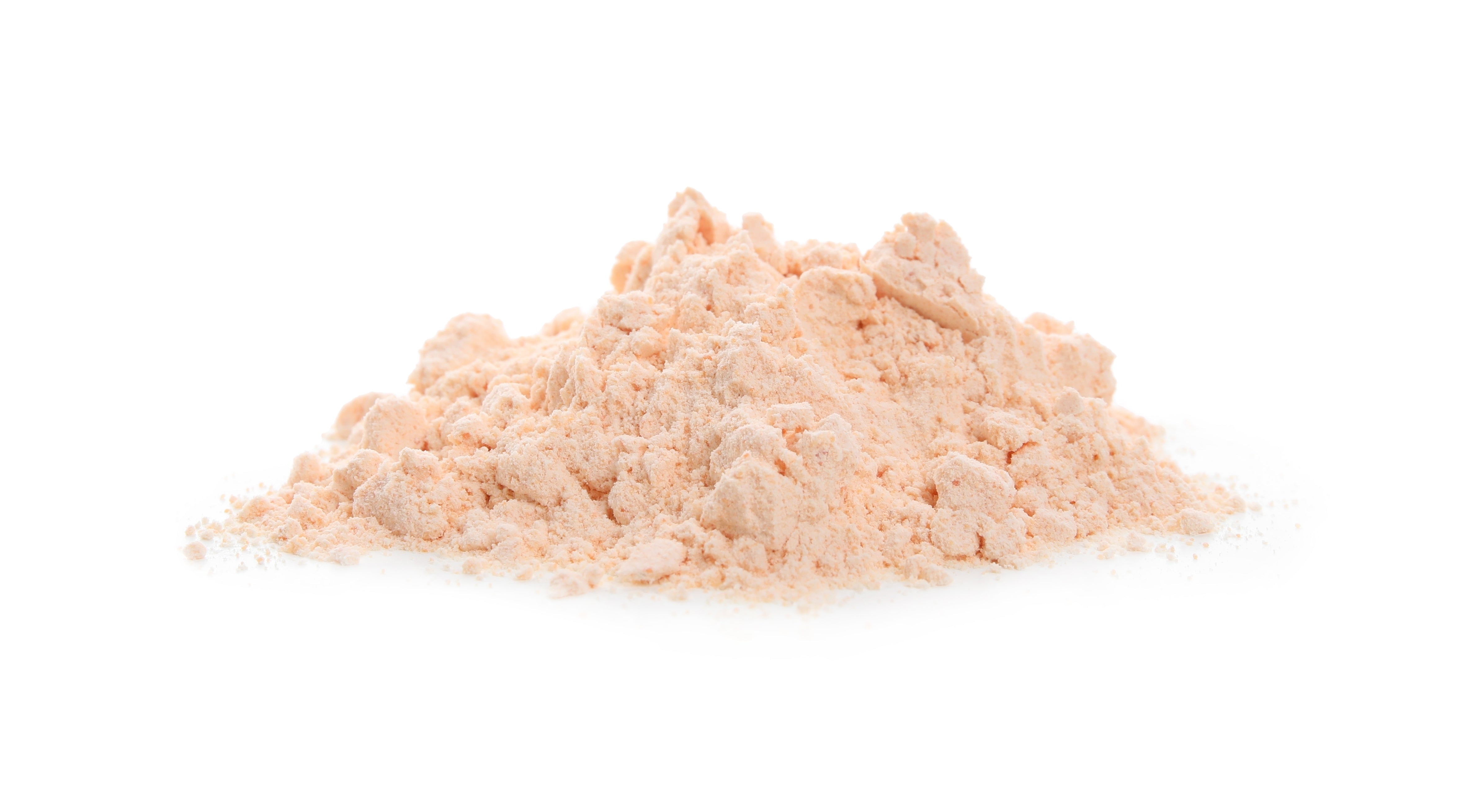Spriet, L. L. (2014).
Exercise and sport performance with low doses of caffeine.
Sports Medicine, 44(Suppl 2), 175–184.
https://doi.org/10.1007/s40279-014-0257-8
Graham, T. E. (2001).
Caffeine and exercise: metabolism, endurance and performance.
Sports Medicine, 31(11), 785–807.
https://doi.org/10.2165/00007256-200131110-00002
Acheson, K. J., et al. (1980).
Caffeine and coffee: their influence on metabolic rate and substrate utilization in normal weight and obese individuals.
The American Journal of Clinical Nutrition, 33(5), 989–997.
https://doi.org/10.1093/ajcn/33.5.989
Lopresti, A. L., & Drummond, P. D. (2014).
Saffron (Crocus sativus) for depression: A systematic review of clinical studies and examination of underlying antidepressant mechanisms of action.
Human Psychopharmacology, 29(6), 517–527.
https://doi.org/10.1002/hup.2434
Talaei, A., et al. (2015).
Saffron (Crocus sativus L.) in the treatment of mild to moderate depression: a double-blind, randomized and placebo-controlled trial.
Journal of Affective Disorders, 136(3), 1123–1127.
https://doi.org/10.1016/j.jad.2012.05.088
Yoneshiro, T., et al. (2013).
Daily ingestion of grains of paradise extract increases whole-body energy expenditure and decreases visceral fat in humans.
Journal of Nutritional Science and Vitaminology, 60(1), 22–27.
https://www.jstage.jst.go.jp/article/jnsv/60/1/60_22/_article
Sugita, J., et al. (2021).
Prolonged treatment with grains of paradise extract increases energy expenditure through activation of brown adipose tissue in humans.
Journal of Nutritional Science and Vitaminology, 67(2), 109–115.
https://pubmed.ncbi.nlm.nih.gov/33952741/
Snitker, S., et al. (2009).
Grains of paradise extract activates brown adipose tissue and increases whole-body energy expenditure in men.
British Journal of Nutrition, 102(10), 1518–1525.
https://doi.org/10.1017/S0007114509990436
Lee, Y. S., et al. (2011).
6-paradol from grains of paradise triggers thermogenesis in brown adipose tissue.
Food and Chemical Toxicology, 49(6), 1353–1358.
https://doi.org/10.1016/j.fct.2011.03.038
Steiber, A., Kerner, J., & Hoppel, C. L. (2004).
Carnitine: a nutritional, biosynthetic, and functional perspective.
Molecular Aspects of Medicine, 25(5-6), 455–473.
https://doi.org/10.1016/j.mam.2004.06.006
Vaz, F. M., & Wanders, R. J. (2002).
Carnitine biosynthesis in mammals.
Biochemical Journal, 361(Pt 3), 417–429.
https://doi.org/10.1042/0264-6021:3610417
Mihalik, S. J., et al. (2002).
Identification of the gene encoding human gamma-butyrobetaine hydroxylase.
Biochemical and Biophysical Research Communications, 290(3), 995–1000.
https://doi.org/10.1006/bbrc.2001.6283


































